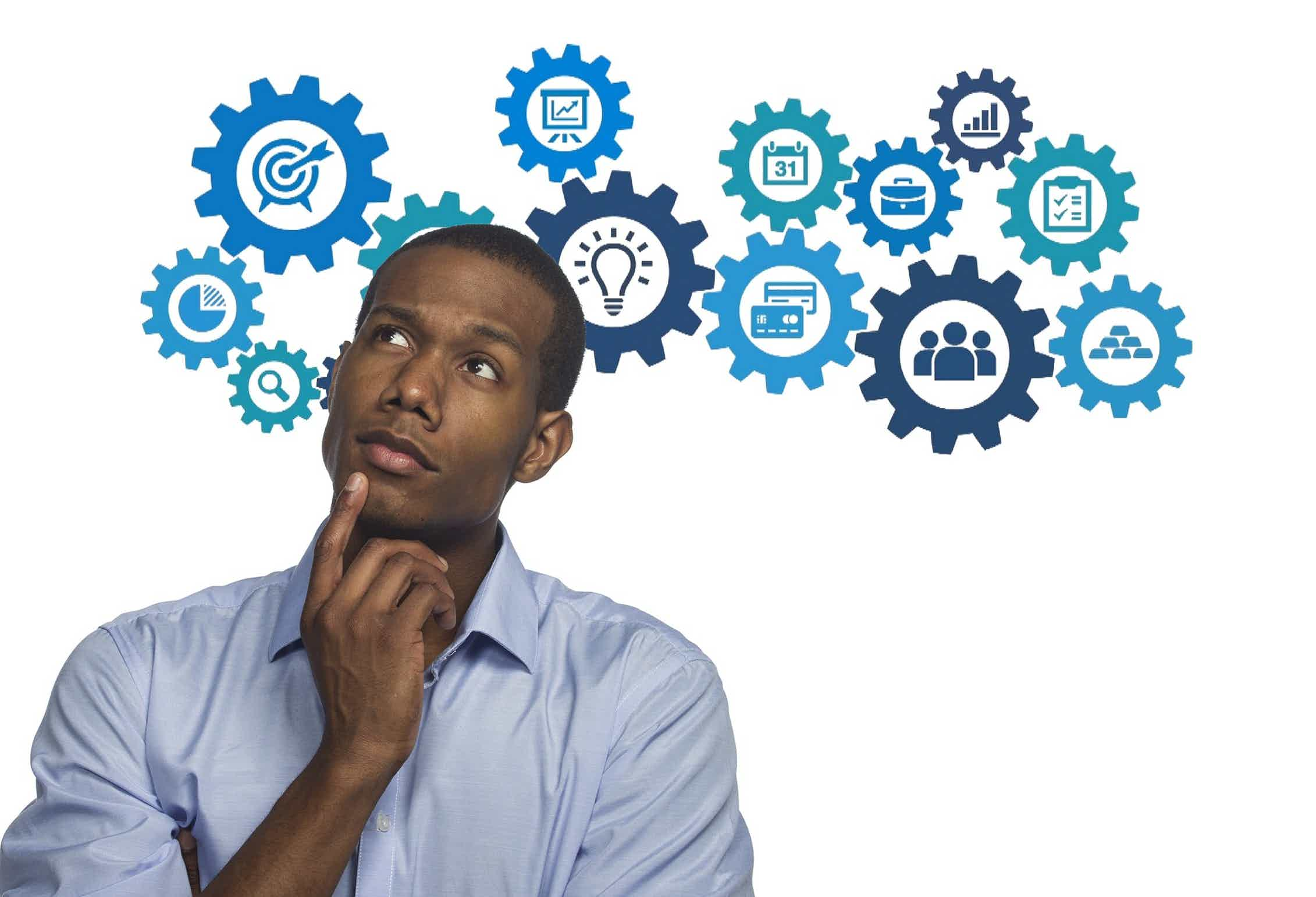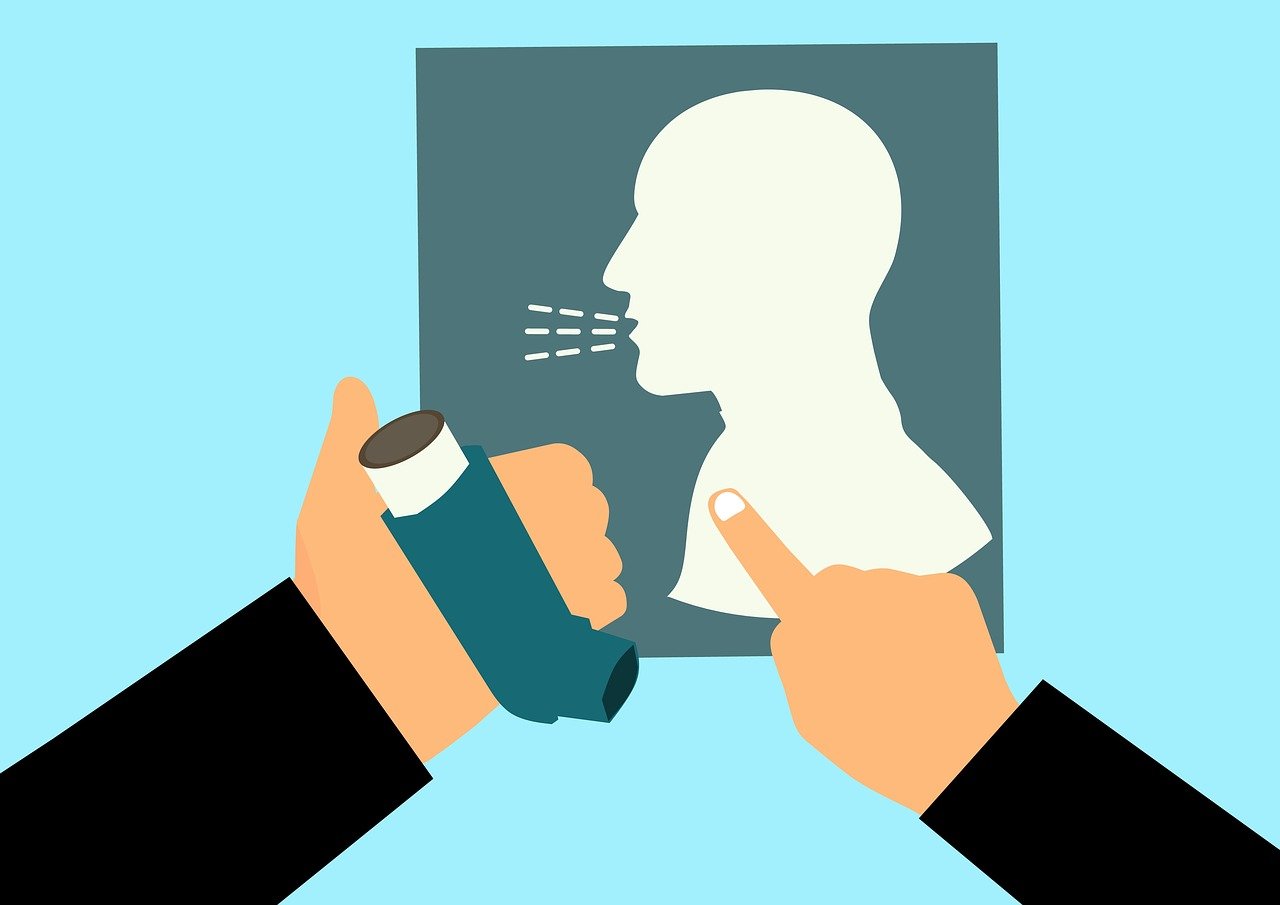Our minds are like a private theater and they fascinate us. They are sometimes unpredictable and sometimes explosive. They surprise us, stimulate us, make us take action, and sometimes bring us to tears. Just as thoughts can trigger emotions, they can also be triggered by emotions: emotions influence our mental theater.
Thoughts in Mind
The fleeting images and phrases that pop into our heads form a significant part of our lives. According to some estimates of brain state transitions in neuroimaging data, we may have four to eight thoughts per minute. Even counting some periods of fatigue, as well as periods of lots of sensory input (such as reading or listening), that’s a few thousand thoughts a day.
Several psychological disorders can cause changes in thinking. Mania, attention deficit hyperactivity disorder (ADHD), and anxiety disorders often increase thinking speed, while depression and dementia often slow it down.
Spontaneous Thinking
Many thoughts can be classified as spontaneous or involuntary. They come to mind suddenly, without conscious thought. Some may be thoughts or intuitions related to the current situation, some may be intrusive thoughts related to preconceived ideas, and some may be “free association” when the mind wanders. Some are recollections of autobiographical memories with some connection to recent experiences.
Where do spontaneous ideas come from? One obvious source is environmental stimuli: thoughts evoked by what we see and hear. However, spontaneous thoughts tend to occur when the environment is relatively stable, such as walking on a familiar road or sitting on a bus.
Spontaneous thoughts, which are unconscious snippets of phrases, images, actions, and thoughts that usually come from long-term memory, can also give rise to dreams. These building blocks of thought are the collective activity of networks of neurons in the brain’s gray matter, and the connections between them are strengthened over countless experiences.
These neural networks are usually inactive, but when they are stimulated by other brain activity (such as stimulation, related thoughts, or hunger), they compete for entry into consciousness based on their strength. The competitive strength of these networks is affected by their relevance to our environment and our goals, needs, interests, or emotions. We are more likely to think about food when we are hungry, but this is also true when we have an important dinner to prepare.
Emotions play a key role in many types of spontaneous thoughts. For example, intrusive thoughts are emotions that force us to focus on high-priority information such as threats, frustrations, or opportunities. Anxiety often produces intrusive thoughts directed toward real or imagined threats. In post-traumatic stress, it can lead to repeated flashbacks and ruminations.
Negative emotions cause us to focus on high-priority content, whereas positive emotions appear to promote more distant or unusual associations, thereby increasing memory and creativity. During periods of arousal—intense feelings of happiness or pleasure that may be out of proportion to their cause—intrusive thoughts often include optimistic expectations and imaginative thoughts. Passion induces positive spontaneous thoughts.
Micro-Emotions
Even amid mundane daily activities, subtle emotions such as worry, desire, irritability, stress, surprise, or interest can influence many of our thoughts.
Micro-emotions themselves are triggered by a perception or thought, usually an unconscious one, that is significant enough to subtly activate the emotional system.
Micro-phobias often trigger “what if” thoughts and worries, maintaining anxiety through a positive feedback loop; this in turn can become a source of insomnia. Desires often activate ideas such as goals, desires, and topics of conversation.
Micro-emotions of guilt or pride trigger moral intuitions about the expectation that others will disapprove or approve of oneself, which is critical for cultivating prosocial behaviors such as cooperation, helpfulness, and other behaviors that benefit others. Micro-emotions of boredom or stimulation craving can trigger distractibility or wandering thoughts and may underlie some attention deficit symptoms.
Micro-emotions can affect our thinking in various ways. They distract our attention from the current object, causing the perceptual system to notice things related to its dominant subject, and facilitating the retrieval of memories related to that subject. Micro-emotions themselves are triggered by perception or thought that is often unconscious and significant enough to subtly activate the emotional system.
Amygdalae
Emotions can activate spontaneous thoughts through multiple brain circuits centered on the amygdala. This center controls impulses and desires that activate the lower part of our frontal lobes. It can explain the emotional significance of perceived or retrieved memories and can also influence them.
The amygdala center also activates brain amplifiers in the brainstem, delivering neuromodulators such as adrenaline and serotonin into the gray matter. These systems increase levels of neural activity and direct it toward emotionally consistent themes. When the evoked thoughts themselves trigger emotions, a self-sustaining cycle between thoughts and emotions is created that can be stopped by distraction or cognitive processes.
Conclusion
Spontaneous thoughts are, at their core, largely motivated thoughts: every moment, emotions push our attention, inner voice, and mental theater in a specific direction. Better control over stress levels, emotions, and daily experiences can improve the quality of these spontaneous thoughts and the satisfaction derived from them.



